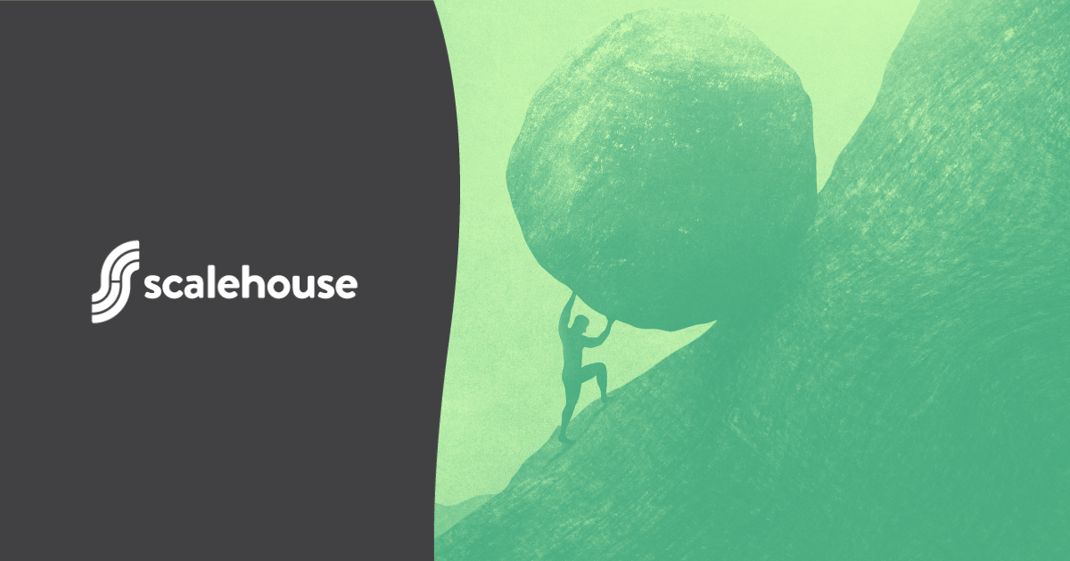Fuel vs Friction: The Psychology of Effective Sales Tactics
 Kristin Luck
Kristin Luck
Frictionless sales. Ah…sounds wonderful! But is it realistic? Often, the sales tactics used to drive results (aka “the fuel”) can also increase buyer resistance...or friction.
Using incentives or “fuel” in your sales process or as part of your sales tactics, such as pricing deals and other “carrots,” may seem like you’re removing barriers (or friction) to buying. But this sales fuel can actually create MORE friction if you don’t have a solid understanding of buyer behaviors and motivations. Let's unpack that a bit here.
Read next: Sales and Marketing Teams: Friends or Foes?
An example of friction…
In our work with many firms in the data, insights, and analytics vertical, executives and sales teams are often baffled by a lack of client adoption of their platform or service. This happens even when they offer a product or service that is easier to understand, less expensive and offers truly innovative solutions to industry pain points. In truth, we tend to grossly underestimate the power of friction, particularly when it comes to adopting new behaviors.
At my last marketing SaaS firm, Decipher, we were a bit baffled by our inability to unseat existing competitors and migrate new clients onto our platform. My partners and I knew our software solution was truly innovative. But we underestimated the friction of behavioral change. The human mind naturally favors the systems and processes we’re used to using versus adopting something new. The greater the change, the greater the resistance due to unfamiliarity. Which is why it's so hard to unseat an existing deeply integrated competitor platform. Even if what you’re offering is a better solution.
The human mind naturally favors the systems and processes we’re used to using versus adopting something new.
How to identify friction in sales tactics
During our product launch, our sales tactics focused too much on fuel, such as pricing deals or other incentives to switch platforms, and not enough on identifying points of friction. We didn’t understand buyer motivations and intent. And if you don’t understand what’s holding people back (the friction), then you can’t possibly understand how to move them forward. Friction requires discovery. Ironically, firms that play in the data, insights, and analytics sector are the most reluctant users of data and insights for their own brands.
We did eventually identify and effectively sell against our customer friction points. However, our platform sales would have scaled in less time had we focused our initial strategy on eliminating friction rather than just adding fuel.
Interested in learning more about the behavioral psychology behind why consumers do (and don’t) buy? Listen to this episode of Hidden Brain, where organizational psychologist Loren Nordgren outlines how to remove the invisible obstacles to new ideas, and then reach out to us for 1:1 brainstorming on sales tactics for your next product or service launch.


